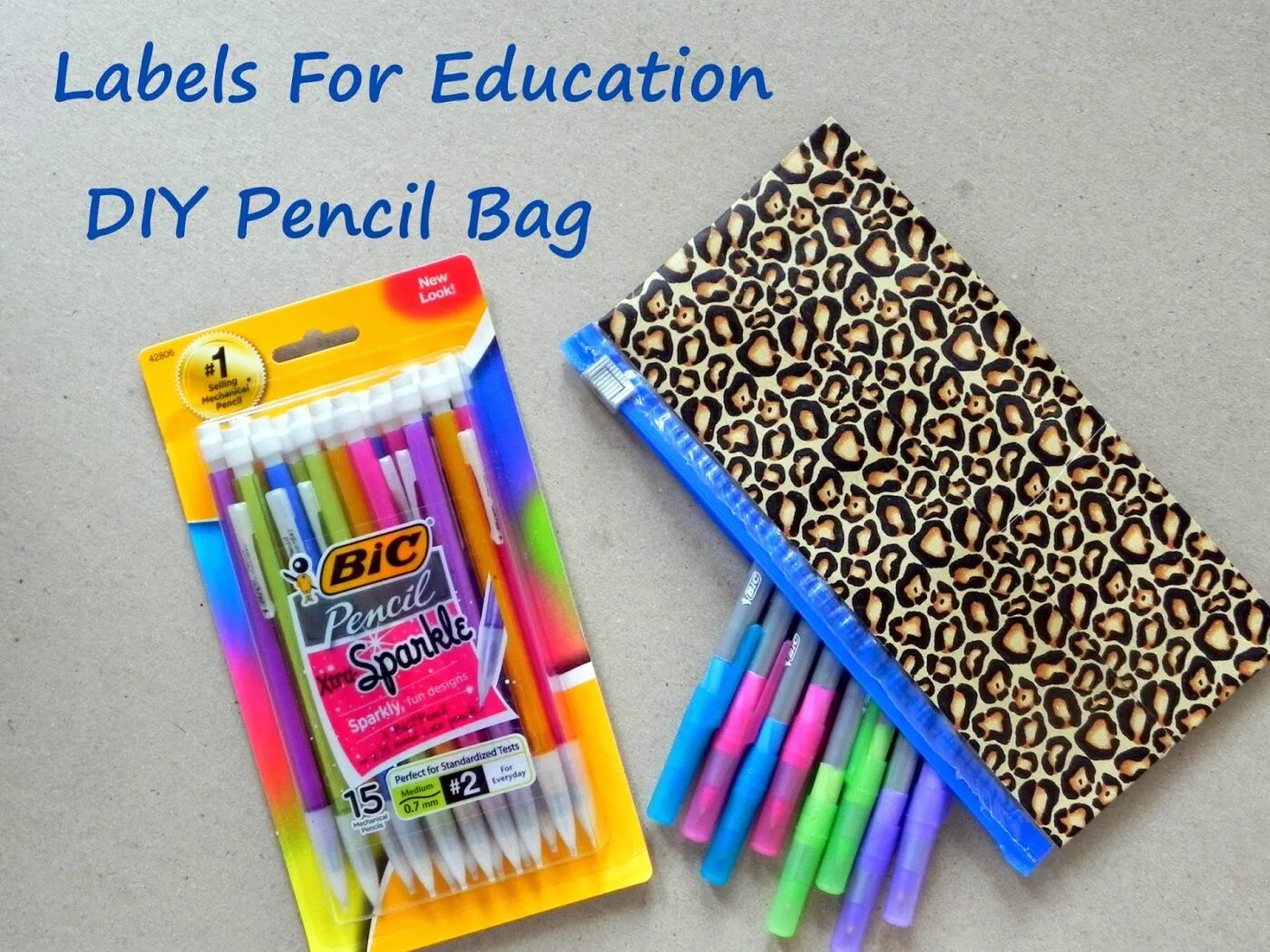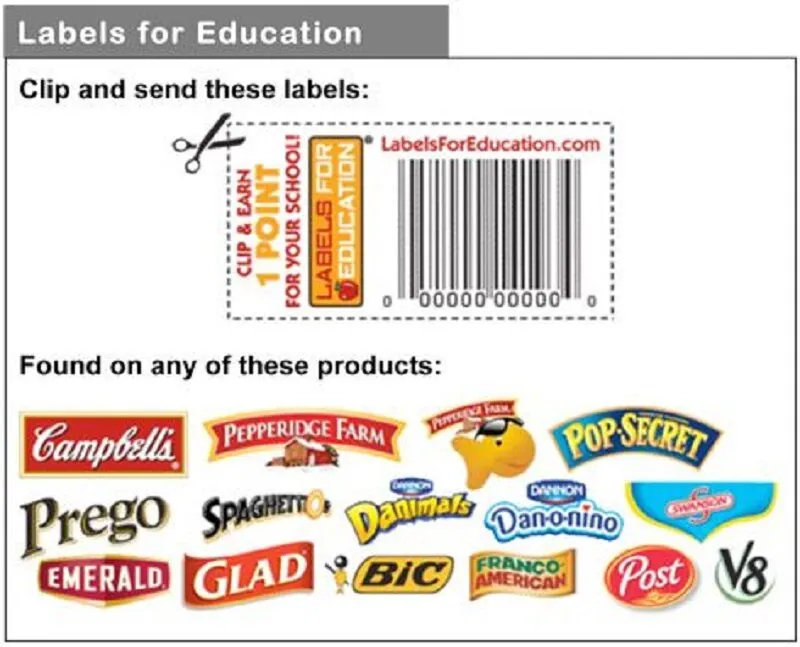The Labels for Education program is an educational initiative aimed at encouraging community involvement in supporting schools by collecting labels from products. Below is a detailed overview of this program, including its goals, how it operates, its benefits, and its impact on education.
1. Introduction to the Labels for Education Program
Labels for Education was established with the primary goal of providing financial support and resources to schools nationwide. This program encourages families and communities to participate by collecting labels from everyday consumer products such as food, beverages, and other consumables. These labels are sent to schools to earn reward points, which can then be used to purchase educational supplies, office equipment, and other resources.

2. How the Program Works
The program operates through a simple and easy-to-understand process. First, families collect labels from participating products. Each label corresponds to a certain number of reward points. Schools register to participate in the program and inform parents, students, and the community about how to collect labels.
Once enough labels are collected, schools send them to the program organizer. These labels are converted into reward points, which schools can use to buy necessary products. These reward points can be used to purchase textbooks, sports equipment, learning technology, and many other resources that serve teaching and learning.
3. Benefits of the Program
The Labels for Education program offers numerous practical benefits for schools and communities. First, it creates an additional funding source for schools, especially those in low-income areas. The reward points from labels enable schools to acquire more learning resources, thereby improving the quality of teaching and learning.
Second, the program encourages the involvement of parents and the community in educational activities. When families come together to collect labels, it fosters a sense of solidarity and raises awareness of the importance of education. Community involvement in the program also helps create a more positive learning environment for students.
Third, the program educates students about social responsibility. By participating in label collection, students learn that their small actions can make a significant difference. This helps instill positive values and a sense of responsibility toward the community.
4. Impact of the Program on Education
The impact of the Labels for Education program on education is substantial. Many schools have benefited from the reward points and have used them to enhance their facilities, purchase books, and acquire learning materials. As a result, students can access a richer array of educational resources, which helps improve the quality of their learning experience.
Moreover, the program has created a positive wave within the community. Families participating in label collection activities not only generate funding but also create a space for interaction and connection between families and schools. This strengthens the relationship between parents and teachers, thereby better supporting the educational process of students.
Conclusion
The Labels for Education program is not merely a label collection initiative but a powerful educational effort. It provides numerous benefits to schools, encourages community involvement, and creates positive impacts on the quality of education. The success of the program relies on the active participation of families, communities, and schools. Through this, we can see that small actions from each individual can contribute significantly to the development of education in society.
This program not only enhances educational quality but also creates a united community where everyone works together to build a better future for the younger generation.


